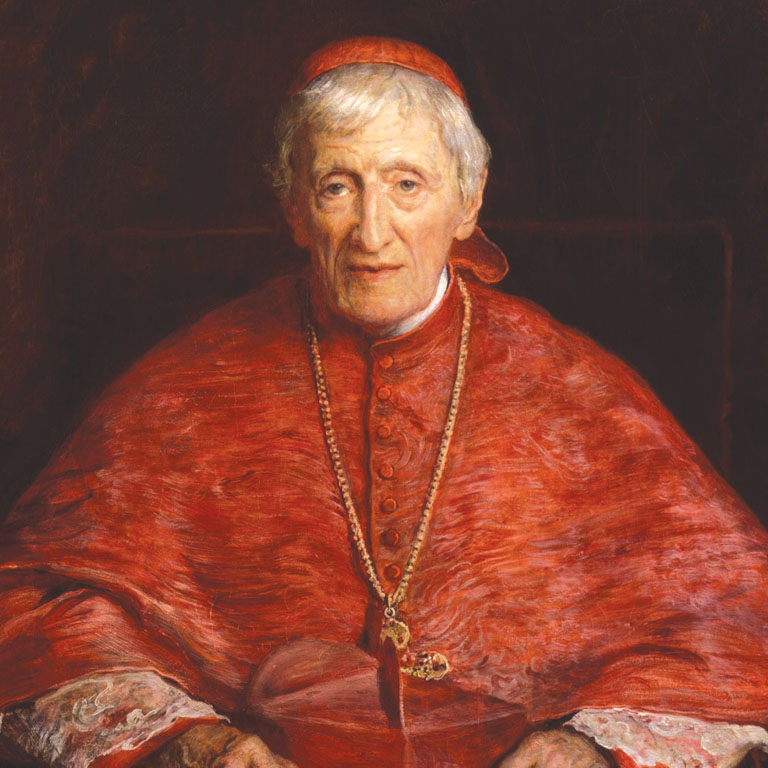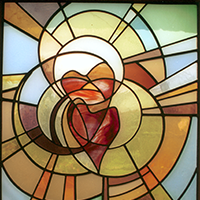International Centre of Newman Friends, Foreword I. Ker, Gracewing Herefordshire 2010, p. 154.
Introduction
When Sisters of The Spiritual Family The Work arrived at The College at Littlemore in 1986, they found a modest number of Newman pictures and memorabilia. Over the years, especially through the expertise, enthusiasm and perseverance of Sr Brigitte Maria Högemann FSO, this has been built up into a substantial collection which is displayed on the walls and in the showcases of what used to be Newman’s library. The Sisters use this exhibition to present Newman to those who tour The College. This book makes the collection available to a wider audience for the first time and in timely fashion, given Newman’s beatification on 19 September 2010. We have selected quotations fitting with the photographs of the collection so that the reader enjoys the double effect of picture and word; walking with Newman, as it were, through the collection.
The presentation of the book is chronological, making it easy for the reader to follow the line of Bl. John Henry Newman’s life, and the quotations selected to go with the photographs show the various sides or aspects of Newman within this chronological framework, such that by the end of the book, a clear outline of the whole man will be imprinted in the mind and heart of the reader.
John Henry Newman has been misunderstood and misrepresented since he first became a public figure in his own lifetime. A man at once intellectually brilliant and keenly sensitive, relentlessly practical and marvellously alive to the wonders of everyday life, he was far from being the hyper-sensitive, melancholic recluse painted by his first biographer, Wilfred Ward. By nature solitary, he nonetheless had many and deep friendships, and kept up a prodigious correspondence with friends and acquaintances. He was a man very aware of the signs of his times, and perceptive in understanding how to answer them. A leader, but not a dominator, he was never really aware of the influence he had in Oxford. Though generally gentle and kind in his dealings with friends and acquaintances, he surprised some with his intractability and tenacity in the face of opposition, and his uncompromising adherence to principle. What held all these different aspects and traits together in harmony was Newman’s great love for Christ and his faith in God’s loving providence.
With his beatification, numbers are being added to the many people who have a liking for or an interest in Newman, but who have at the same time only a vague notion about him as a person. Most are not inclined, nor do they have the time, to read a full biography of him. It is hoped that this book will fill a gap in Newman literature by presenting Newman for just such people, as well as for the veteran Newman lover. As far as possible, we have let Newman tell his story in his own words so that the texts reflect in themselves something of Newman’s character, and the reader gets a fair sampling of the charm and beauty of Newman’s writings.
Many people will perhaps wonder why Newman was beatified, what made him holy. This book seeks to indicate the answer. His was not a life of extraordinary signs and wonders, of visions and ecstasies, or of great physical trials. His holiness, as the holiness of all God’s Saints, consisted in living the virtues of faith, hope and charity, in accepting and obeying God’s will in the ordinary, everyday circumstances of life, as well as in the extraordinary trials with which his life was filled. His was in fact a heroic life lived to the full for Christ and his Church.

